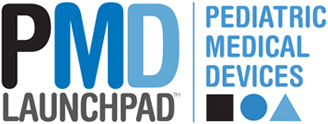Individual countries are responsible for determining the safety and efficacy of medical devices marketed in their own country. This task is usually assigned to a government organization within the country’s healthcare system. Although each country has its own individual standards for medical device approval, they tend to employ a similar risk stratification assignment model when assessing safety. For example, a bandage would be assigned to a lower risk class than an implantable device.
To facilitate the distribution of necessary medical devices across international markets, attempts have been made to standardize the approval procedure through the implementation of international standards. The International Medical Device Regulators Forum (IMDRF) was established by the World Health Organization and representatives from Australia, Brazil, Canada, China, the European Union, Japan, and the United States. The purpose of the IMDRF is to accelerate the international harmonization of medical device regulations. Below is helpful information and links to various international medical device regulatory agencies and companies that can assist in navigating the regulatory agencies.


